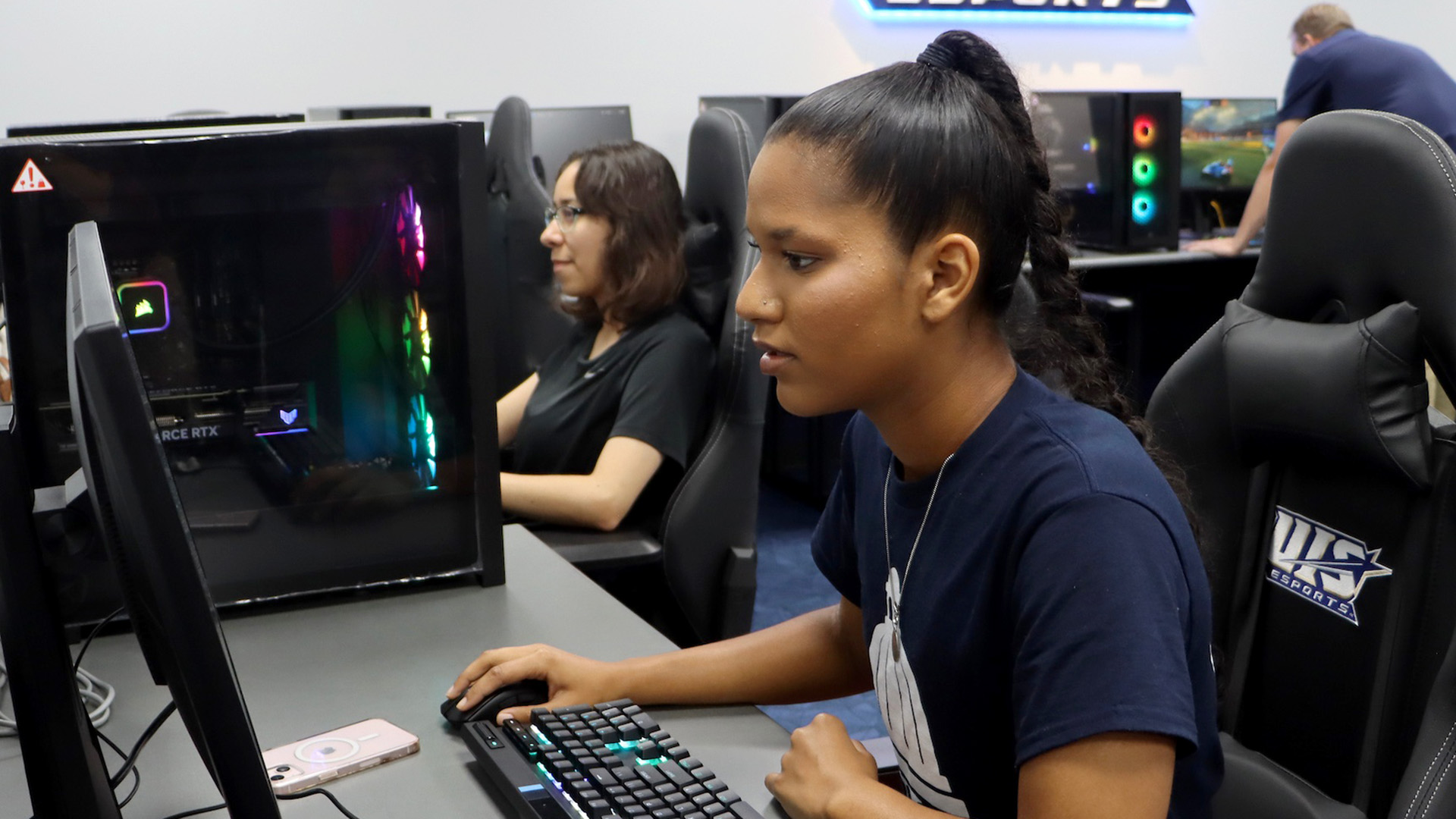Enrollment and Retention Management encompasses the recruitment, enrollment, retention, and graduation of students at the University of Illinois Springfield. We utilize data-driven strategies to manage enrollment and retention to ensure that our campus has the resources necessary to support students throughout their time at UIS, including proper access to courses, financial aid, and other support services.
Main menu
Feedback/Questions?
Do you have feedback or questions related to enrollment or retention at the University of Illinois Springfield? Please visit our Enrollment and Retention Management Offices website.
Impact Report
Each year, Enrollment and Retention Management publishes an annual impact report highlighting key initiatives, outcomes, and progress toward institutional goals. The 2024-25 ERM Annual Impact Report is now available. Discover how ERM has had an impact on enrollment and retention of UIS students in the past year.
Offices within Enrollment and Retention Management
Policy and Code of Conduct Information
In keeping with the University of Illinois Board of Trustees resolution 9a, which was approved on September 10, 2009, UIS adheres to the following guiding principles for admission processes: fairness to applicants, transparency of process, and equality of access. Additional policy information can be found below.
University of Illinois System Policies:
- Admissions Code of Conduct
- Admissions Firewall Practices
- Ethical Recruitment of Students
- Financial Aid Policy - EVPAA
- University Code of Conduct
University of Illinois Springfield Policies/Plans:
- Guiding Principles for Admission Processes
- Student Loan Code of Conduct
- Recruitment and Admission Plan - 2026 Admission Cycle
Strategic Enrollment Management (SEM) Goals
Leverage the university brand to clearly promote UIS as a top choice within Springfield and Central Illinois.
+
1.a. Communicate differences between UIS and its primary competitors (#1 Regional public university in the Midwest located in Illinois’ state capital).
1.b. Leverage academic programs to meet market demand and needs.
1.c. Collaborate with the Office of Marketing and Brand Strategy to measure effectiveness of leveraging efforts.
Enhance outreach and enrollment strategies that align with UIS’s identity as a public regional university located in the state capital resulting in higher yield and enrollment.
+
2.a. Implement a robust, intentional student recruitment plan that targets recruitment of Pell eligible, first-generation, under-represented minority students, rural and transfer students.
2.b. Enhance outreach programs for high schools and community colleges in the Central Illinois region and throughout the state and beyond.
2.c. Annually review graduate and undergraduate student recruitment plans.
Use dashboards and metrics to measure progress on enrollment and retention.
+
3.a. Conduct statistical analyses to identify factors associated with enrollment for first-year students.
3.b. Conduct statistical analyses to identify factors associated with enrollment for transfer students.
3.c. Conduct statistical analyses to identify factors associated with enrollment for graduate students.
Annually review processes to increase enrollment/yield of new admits.
+
4.a. Annually review admission processes and data.
4.b. Enhance transfer student processes and transfer student experience.
4.c. Review the impact of process changes, as they relate to increased enrollment.
Improve communication plan and student support network.
+
5.a. Annually review and update communication plan as it relates to enrollment.
5.b. Use Business Process Automation and AI to improve overall communication structures.
5.c. Enhance employee cultural competence and understanding of domestic and international students.
Strengthen financial aid strategy and communication efforts.
+
6.a. Improve communication to students using various methods of delivery with an aim to provide a high level of student satisfaction.
6.b. Optimize financial aid funds to use as a yield and retention tool, while remaining fiscally responsible and budget conscious.
6.c. Support and increase FAFSA completion rates for students.
Expand support for student retention and persistence to close equity gaps.
+
7.a. Collaborate with Professional Academic Advisors across campus to support student retention efforts.
7.b. Work with all other divisions (e.g., Academic Affairs, Student Affairs) to identify and resolve issues related to retention and persistence.
Increase success and retention of URM (underrepresented minority), underserved, and rural students by expanding programs and services that support academic achievement and a sense of belonging.
+
8.a. Expand and assess success of Summer Scholars and Smart Start programs.
8.b. Expand and assess academic success interventions for students.
Increase success and retention of Student Athletes.
+
9.a. Improve student athlete advising opportunities.
9.b. Assess student athlete academic success correlated to support activities.


